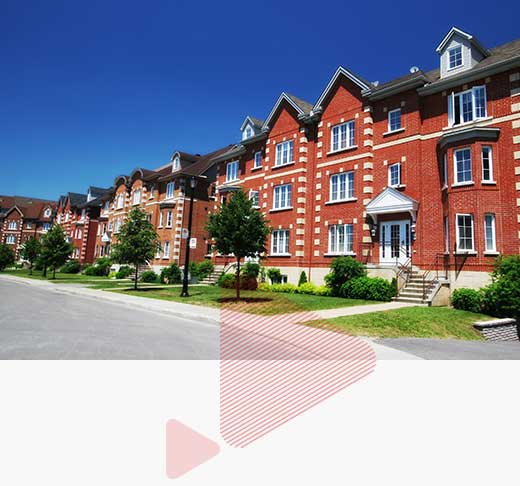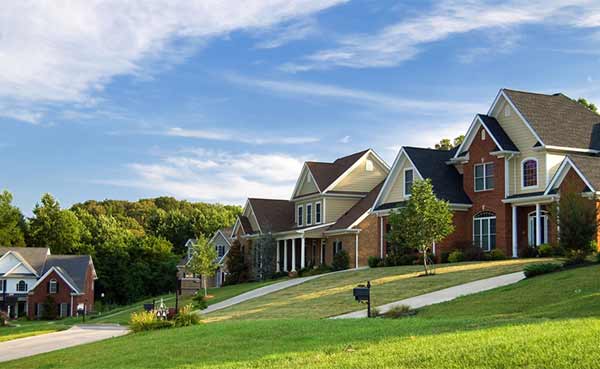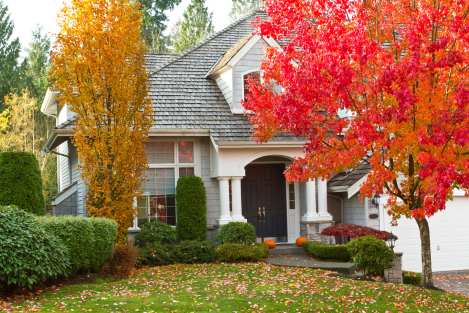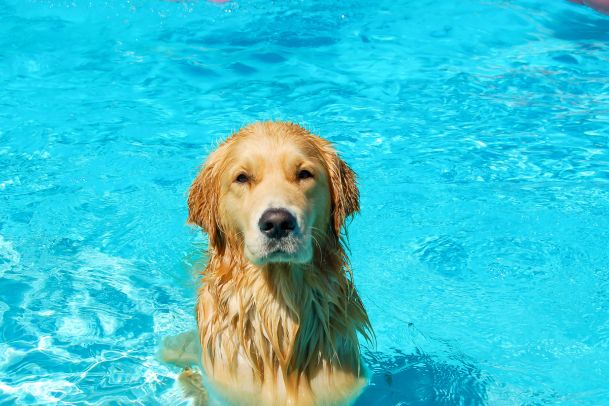Insurance for landlords and rental income properties
Are you a landlord and have income properties in Ontario? Do you rent out your basement? Are you leasing a house for income or as a real estate investment? You'll need landlord insurance to protect your rental property. Landlord insurance offers coverage for your rental income property, damages, finances, liabilities, and building structures.
While being a landlord can be challenging, saving on rental property insurance doesn’t have to be difficult. At ThinkInsure, we’ll help you compare landlord insurance quotes from the top providers. We'll help to find the best coverage and lowest rates to protect your rental property.
Top things to know about landlord insurance policies
- Standard home insurance policies do not cover you if you rent out your home.
- Landlord insurance costs about 20% more than standard home insurance policies. Expect to pay around $1,500 annually.
- There are several types of insurance for landlords - rental properties, commercial properties, Airbnb, home sharing, short-term rental, and student housing. Speak with your insurer to select the right type of coverage.

















